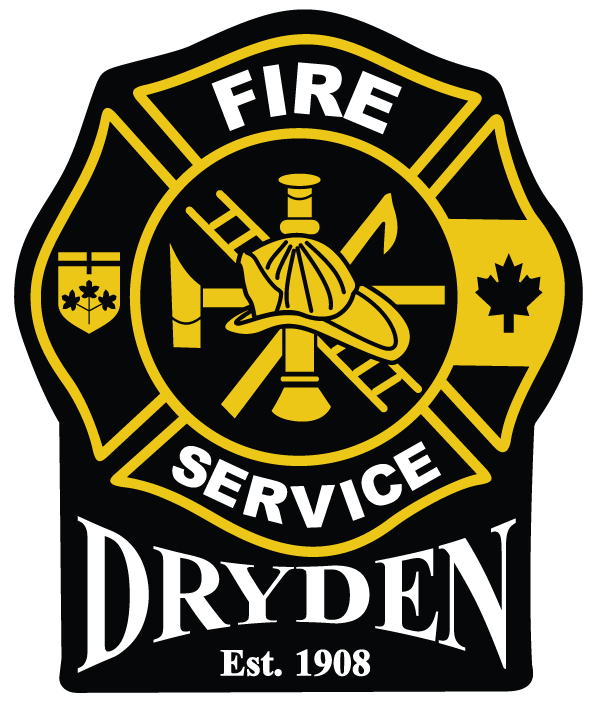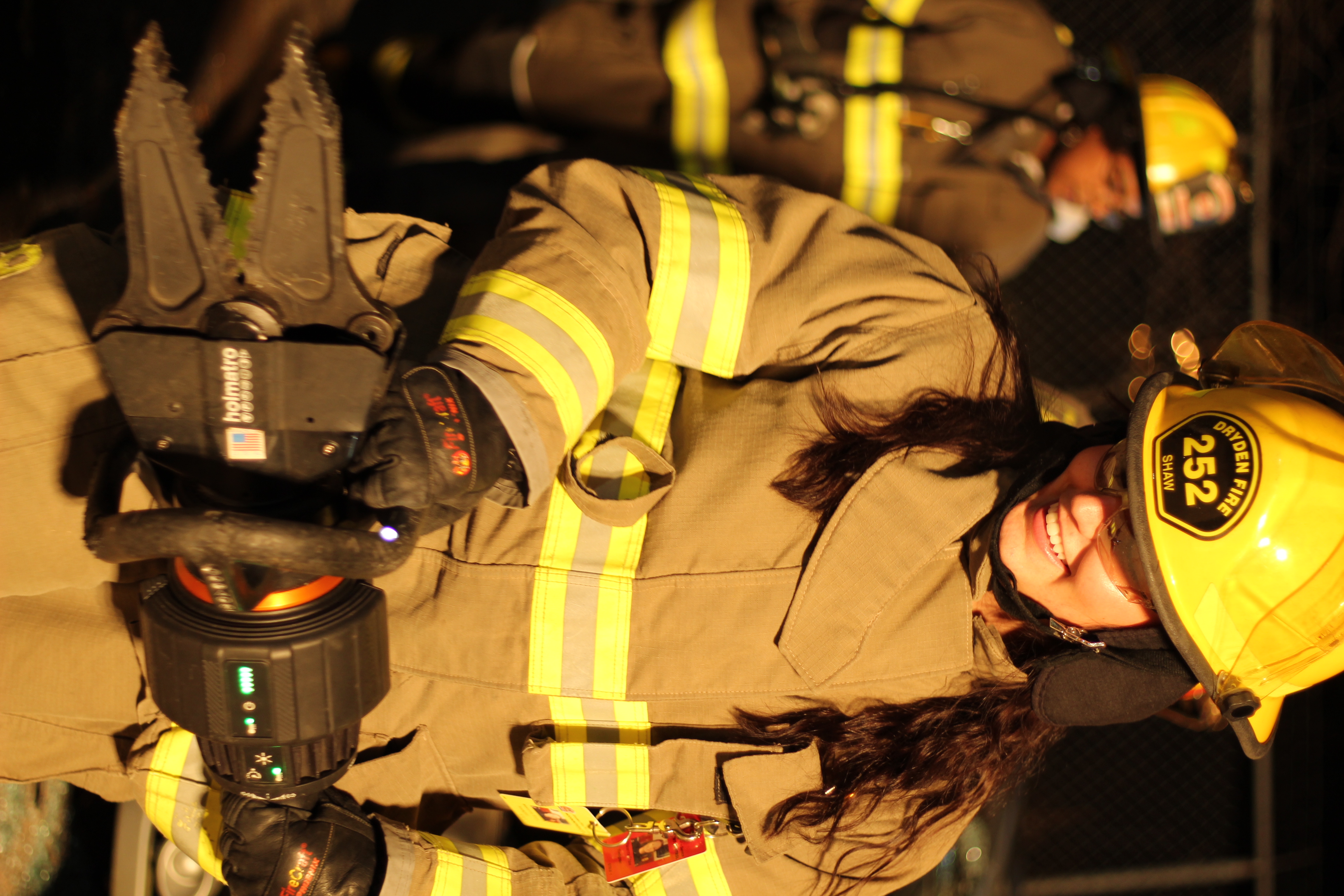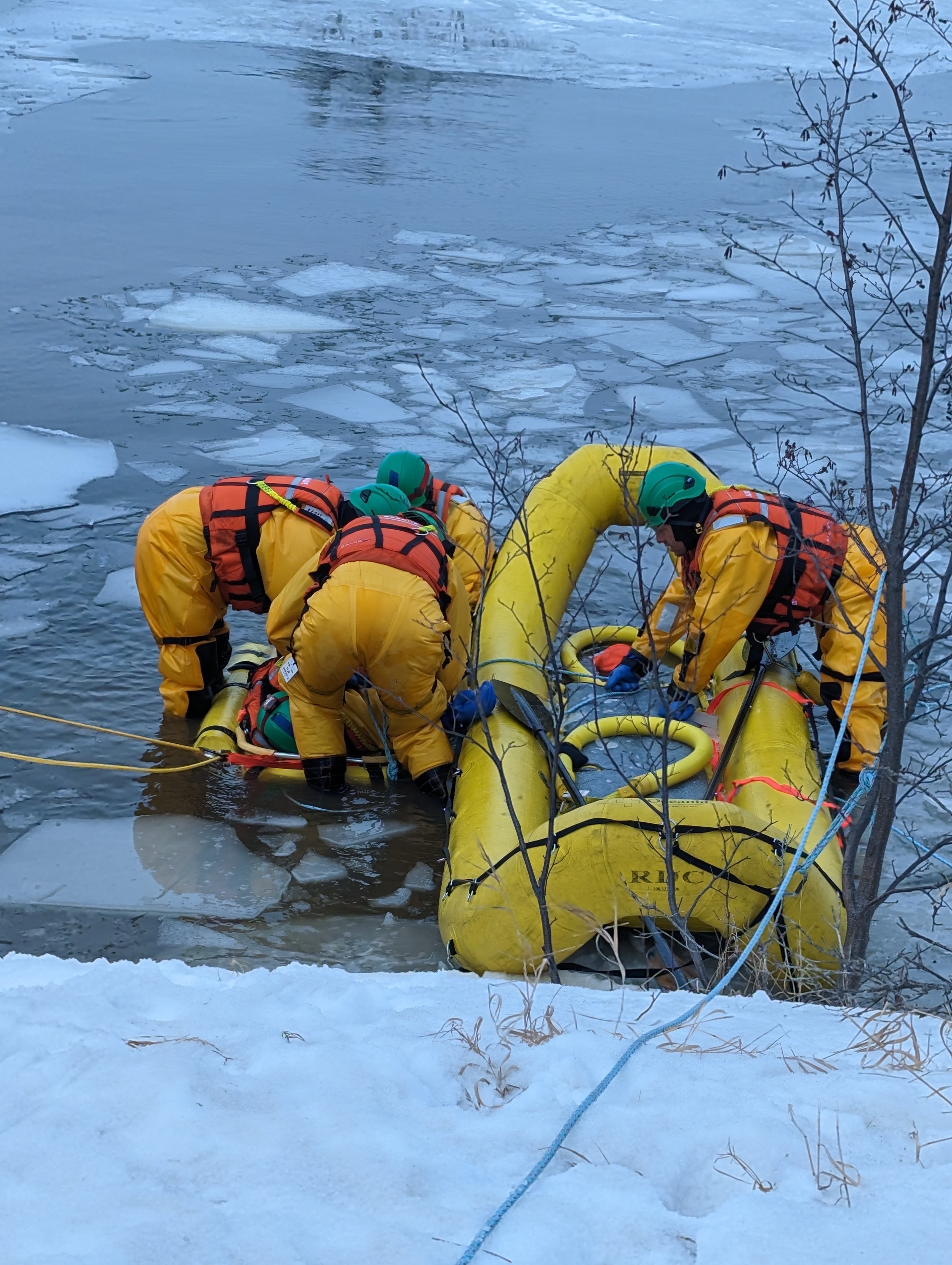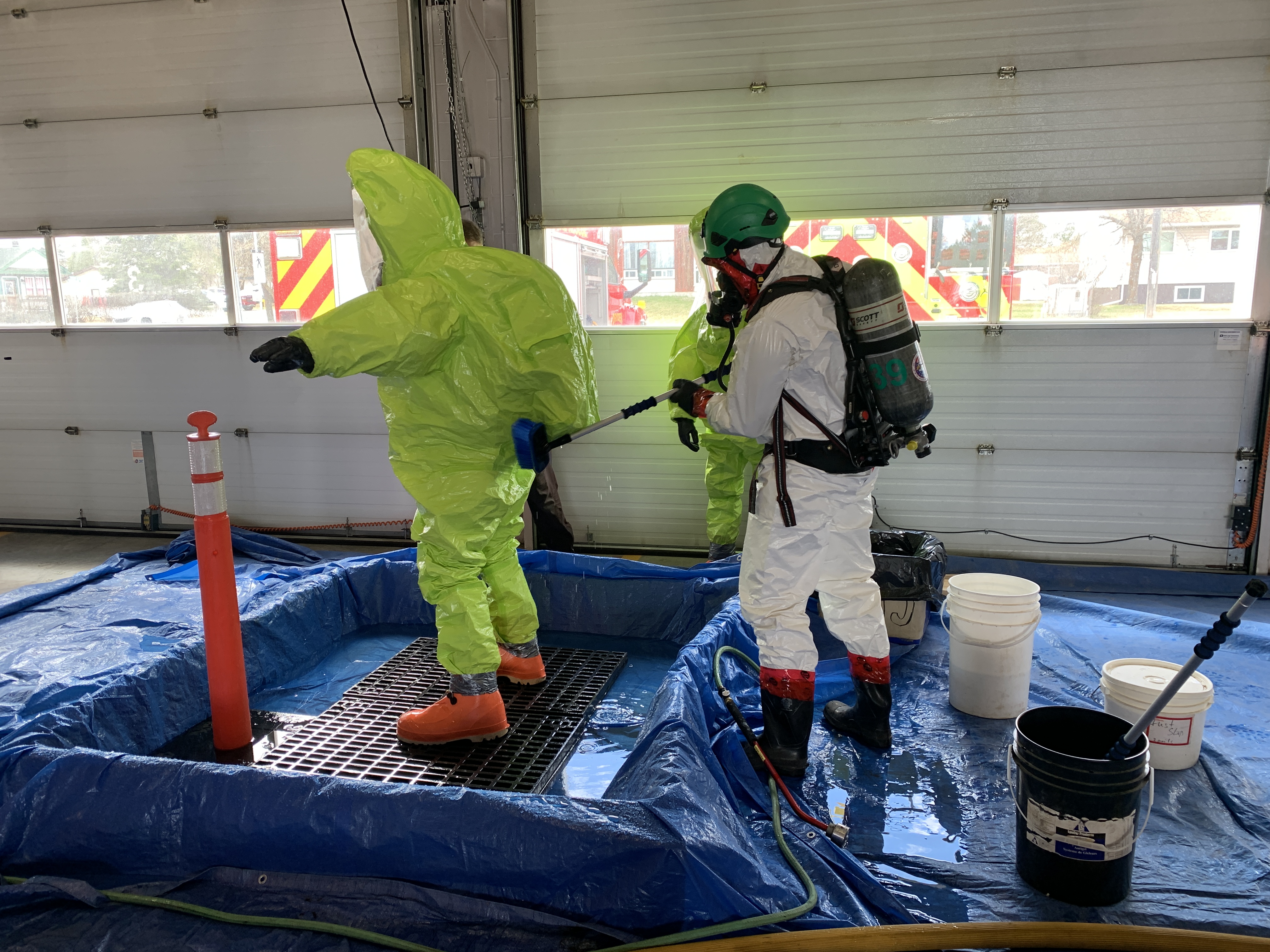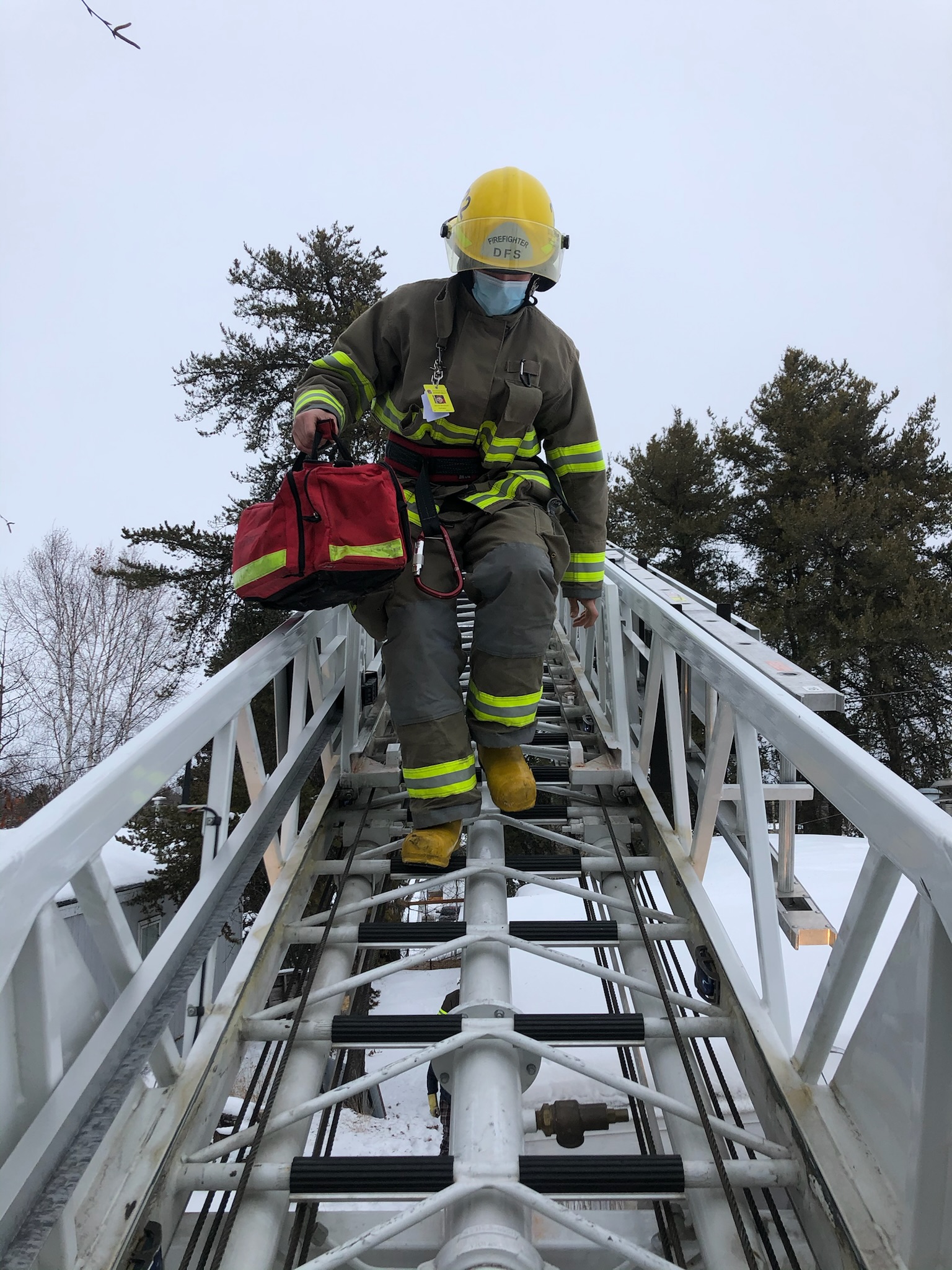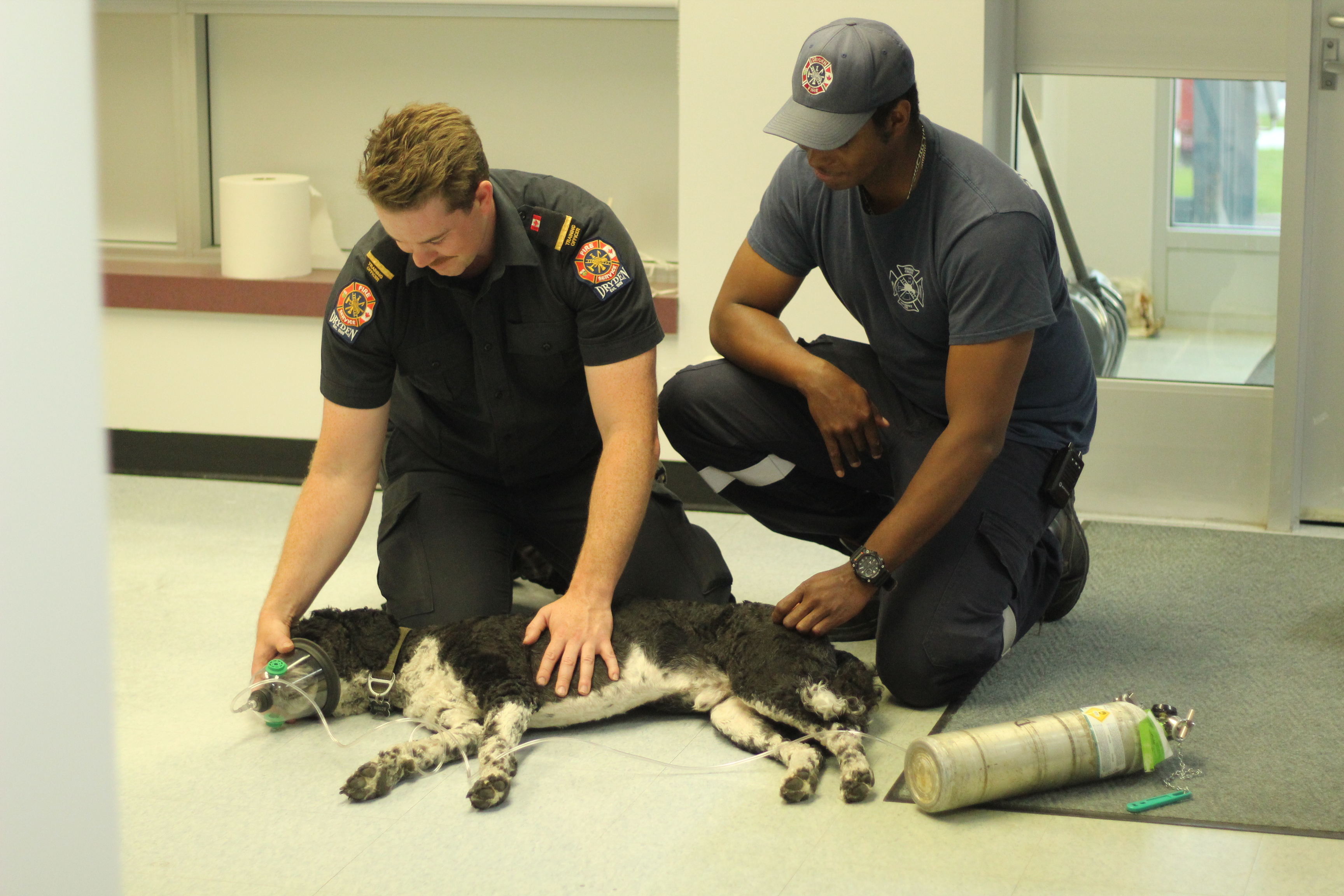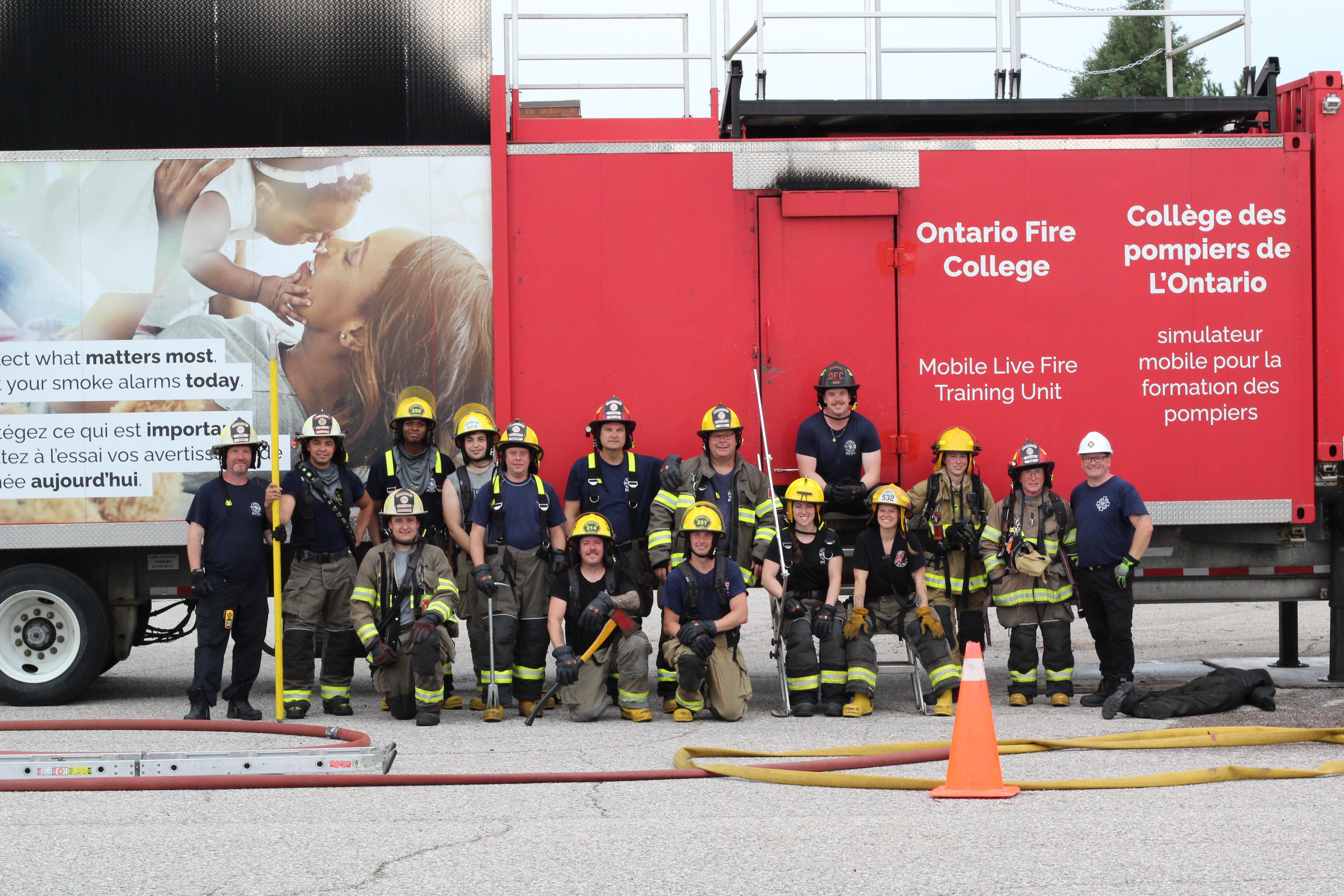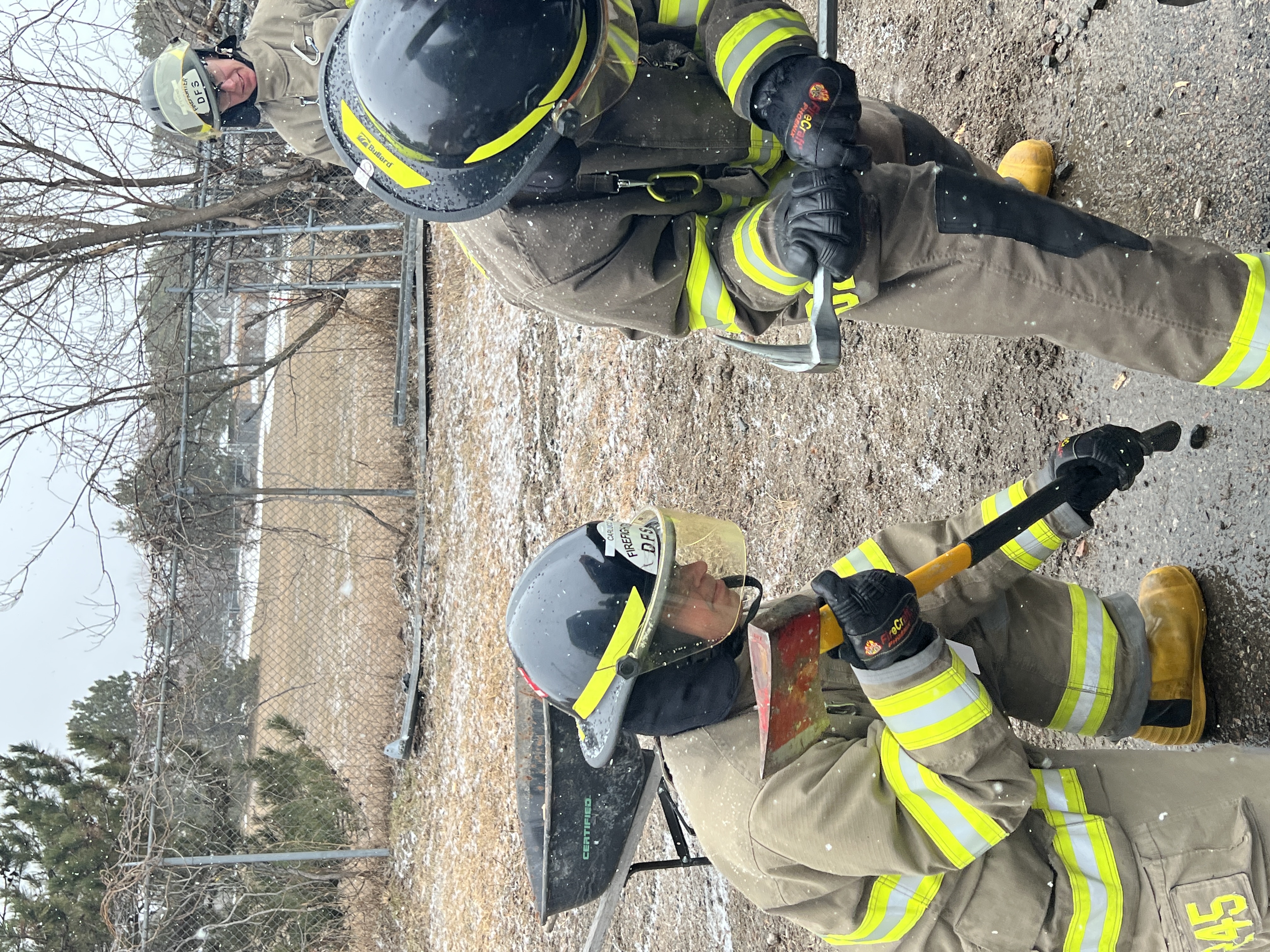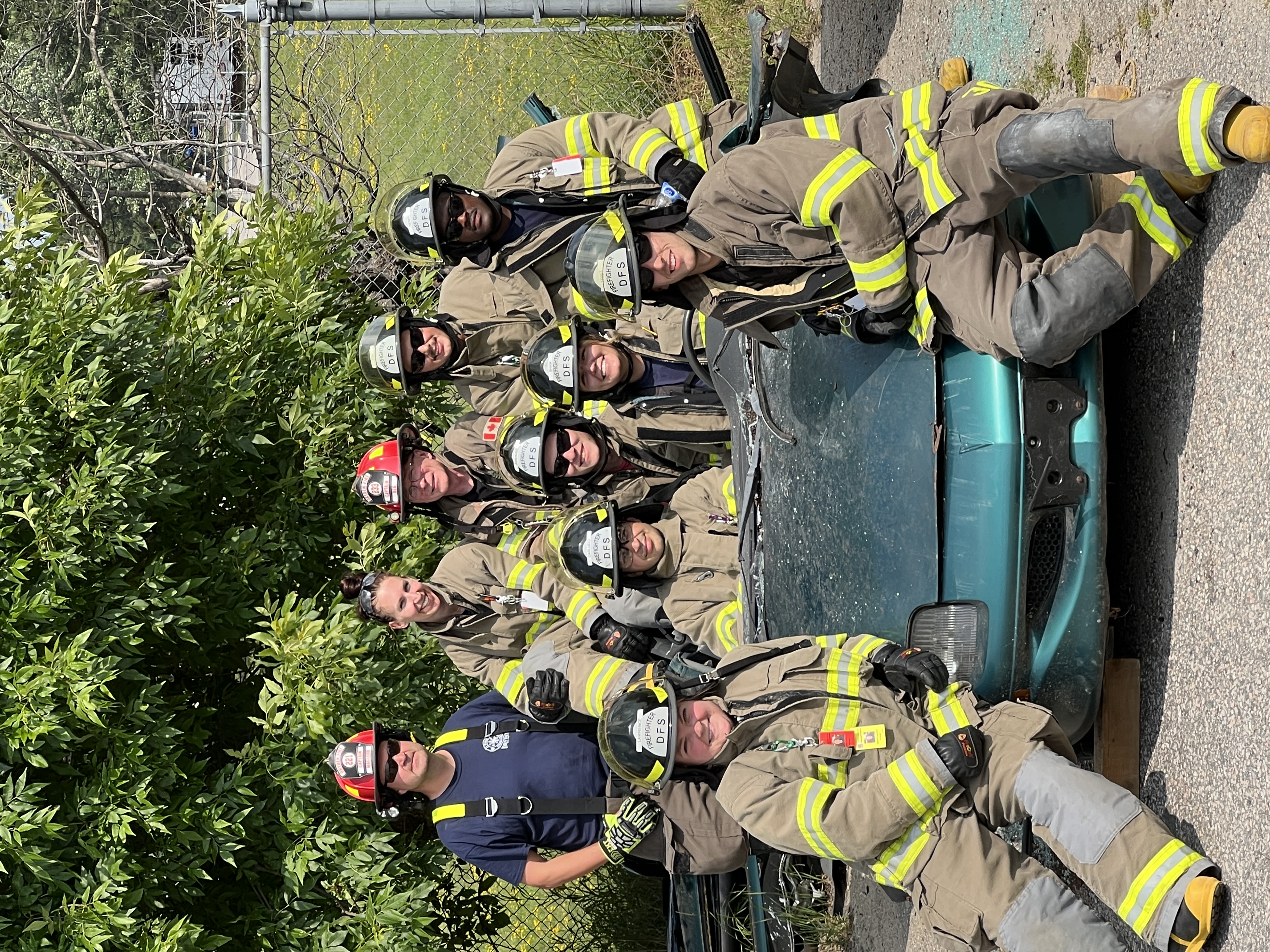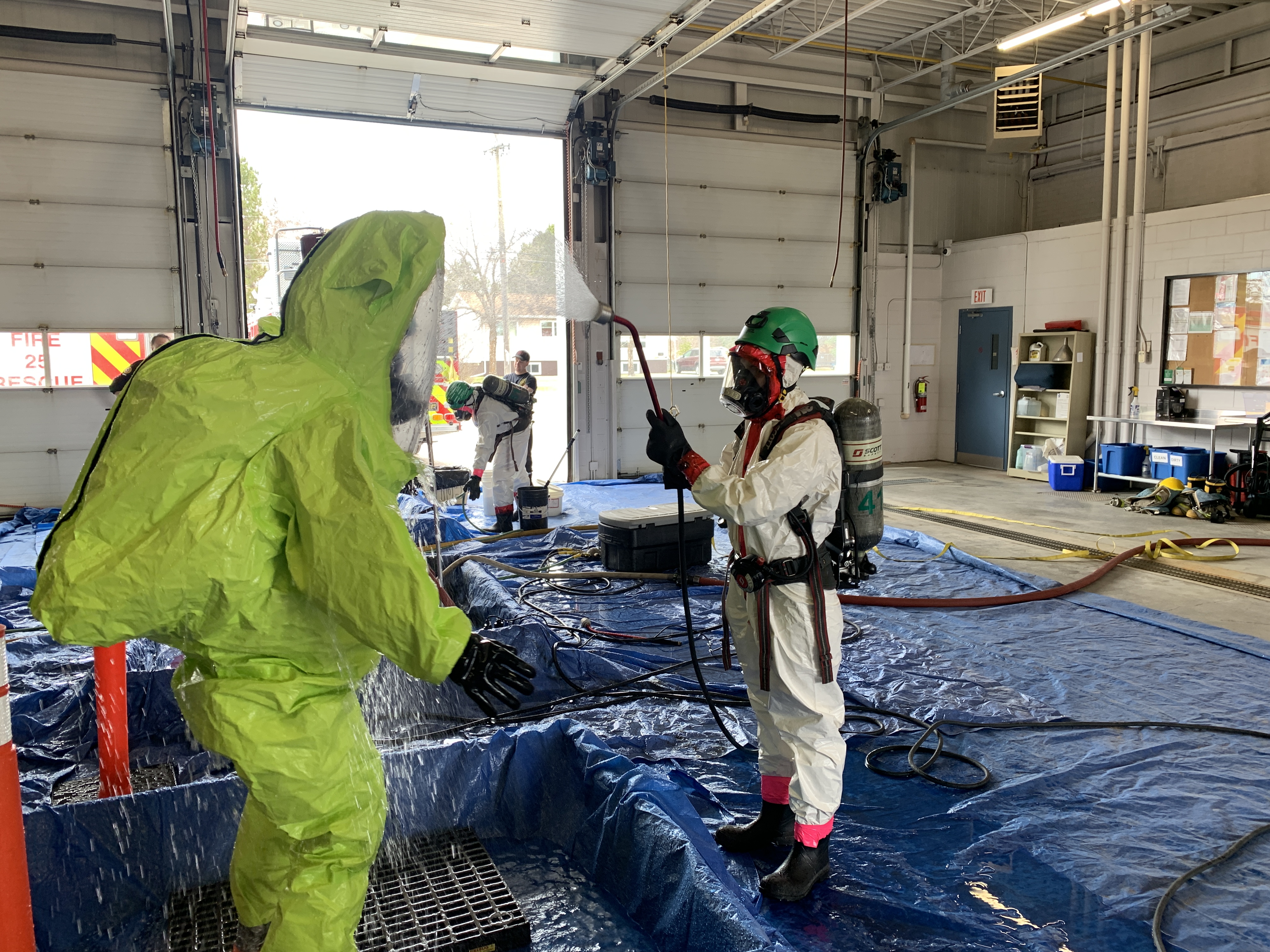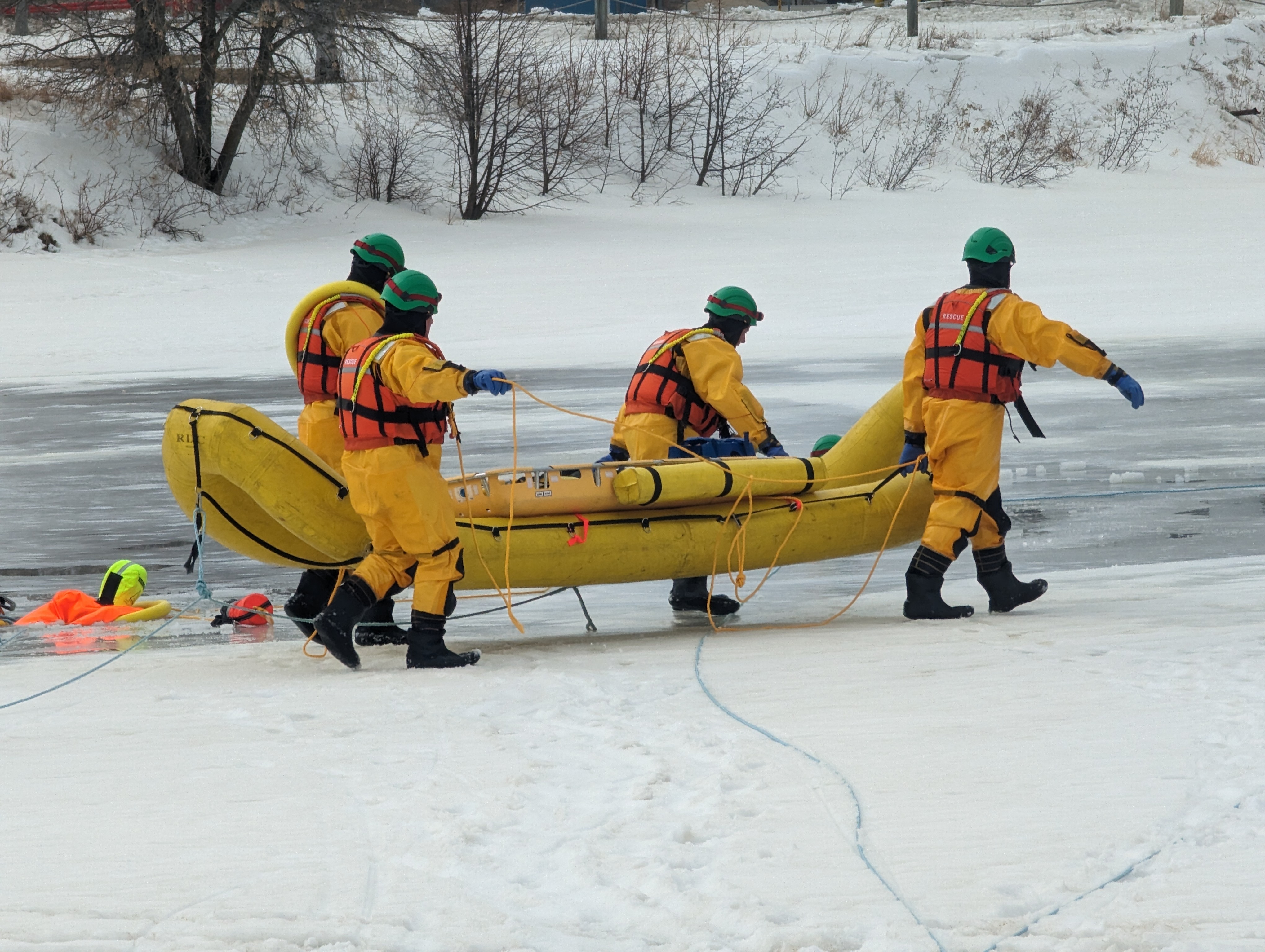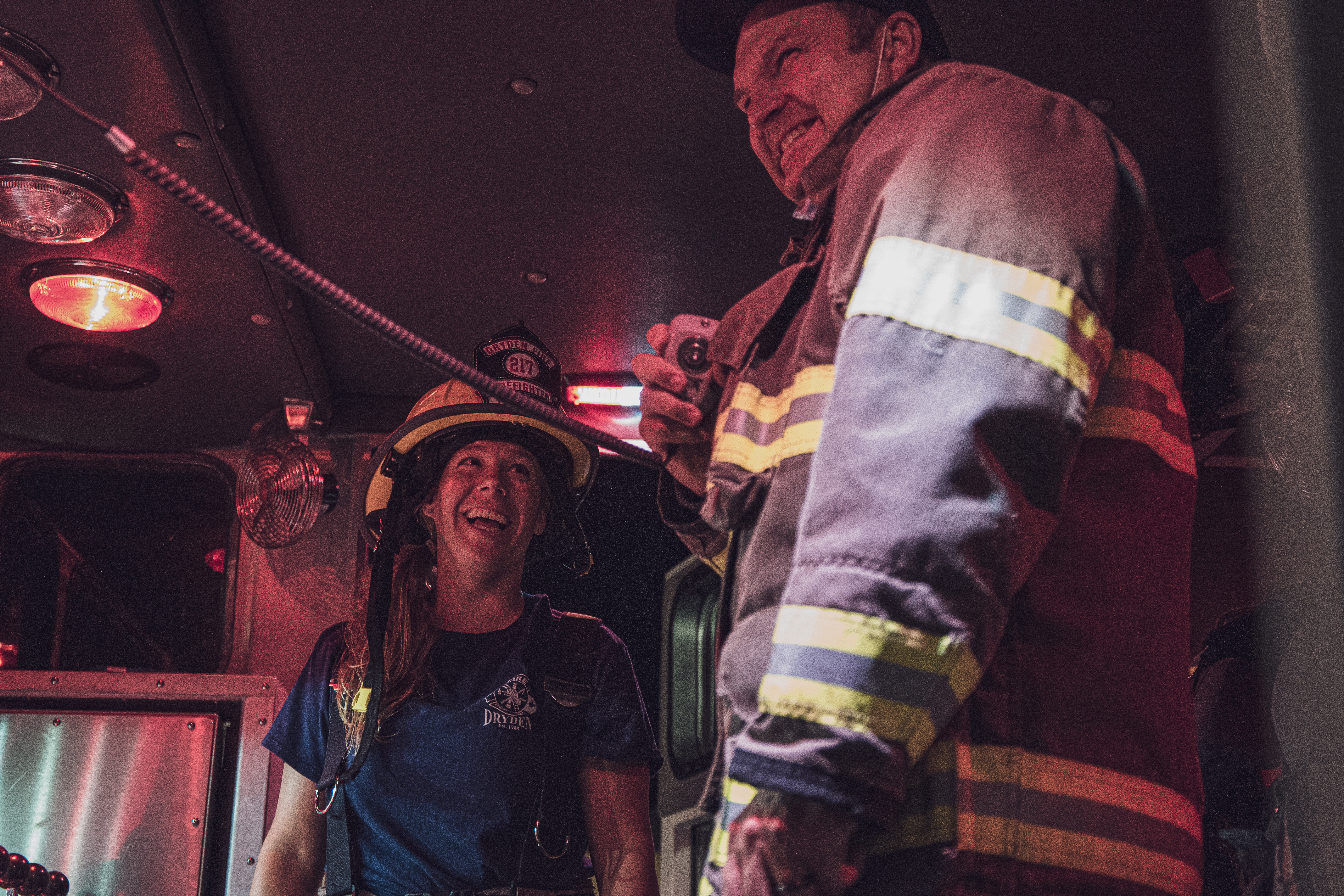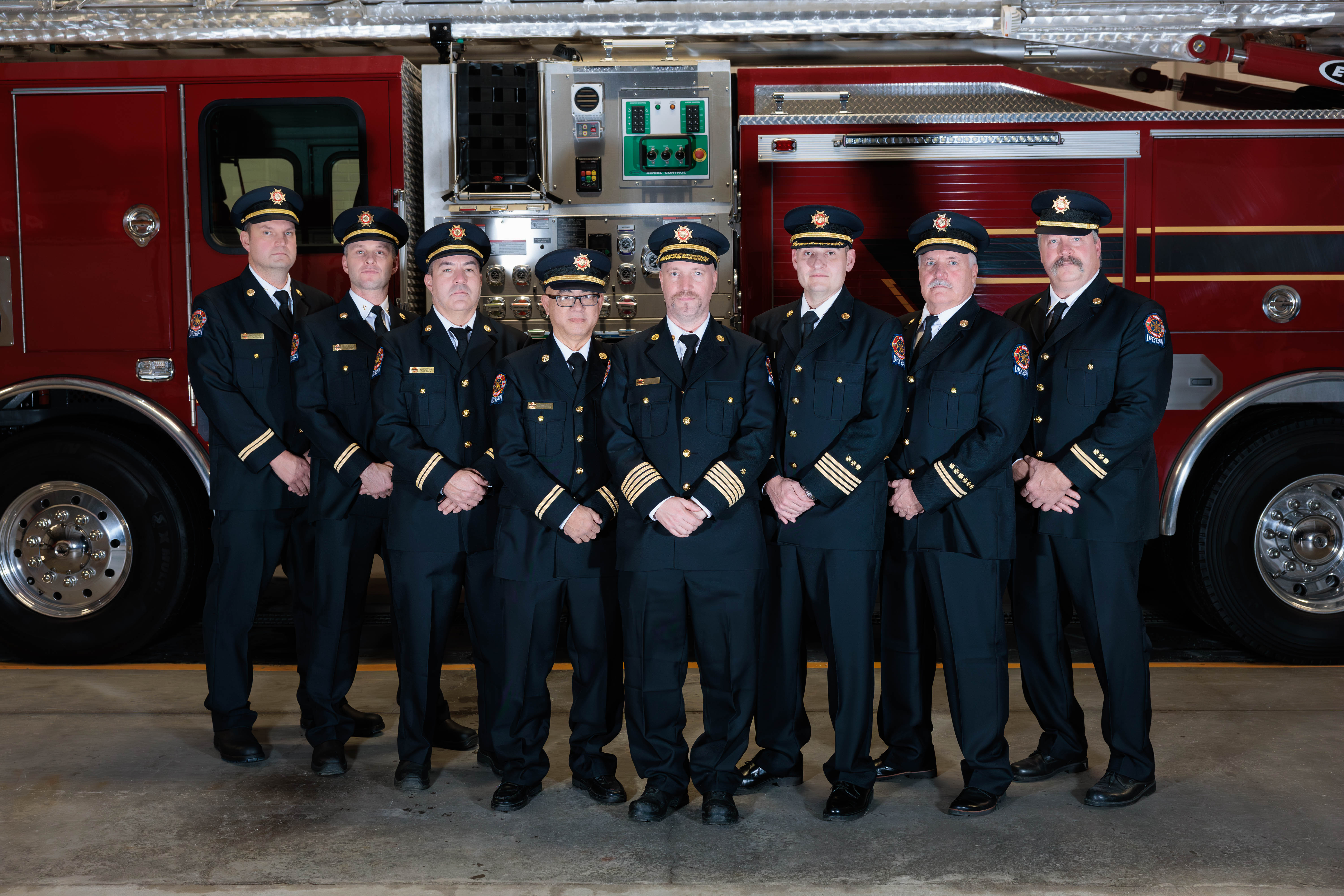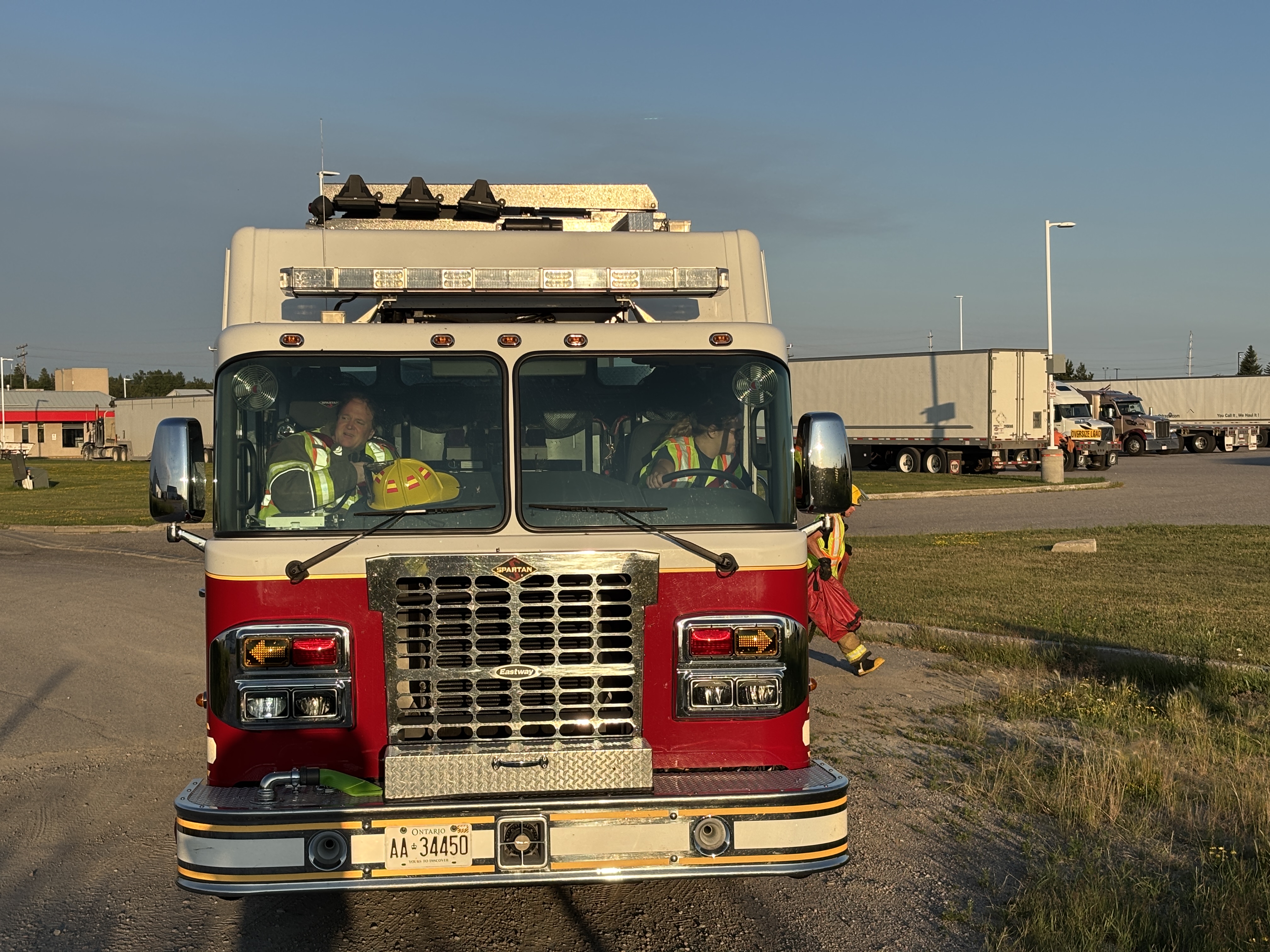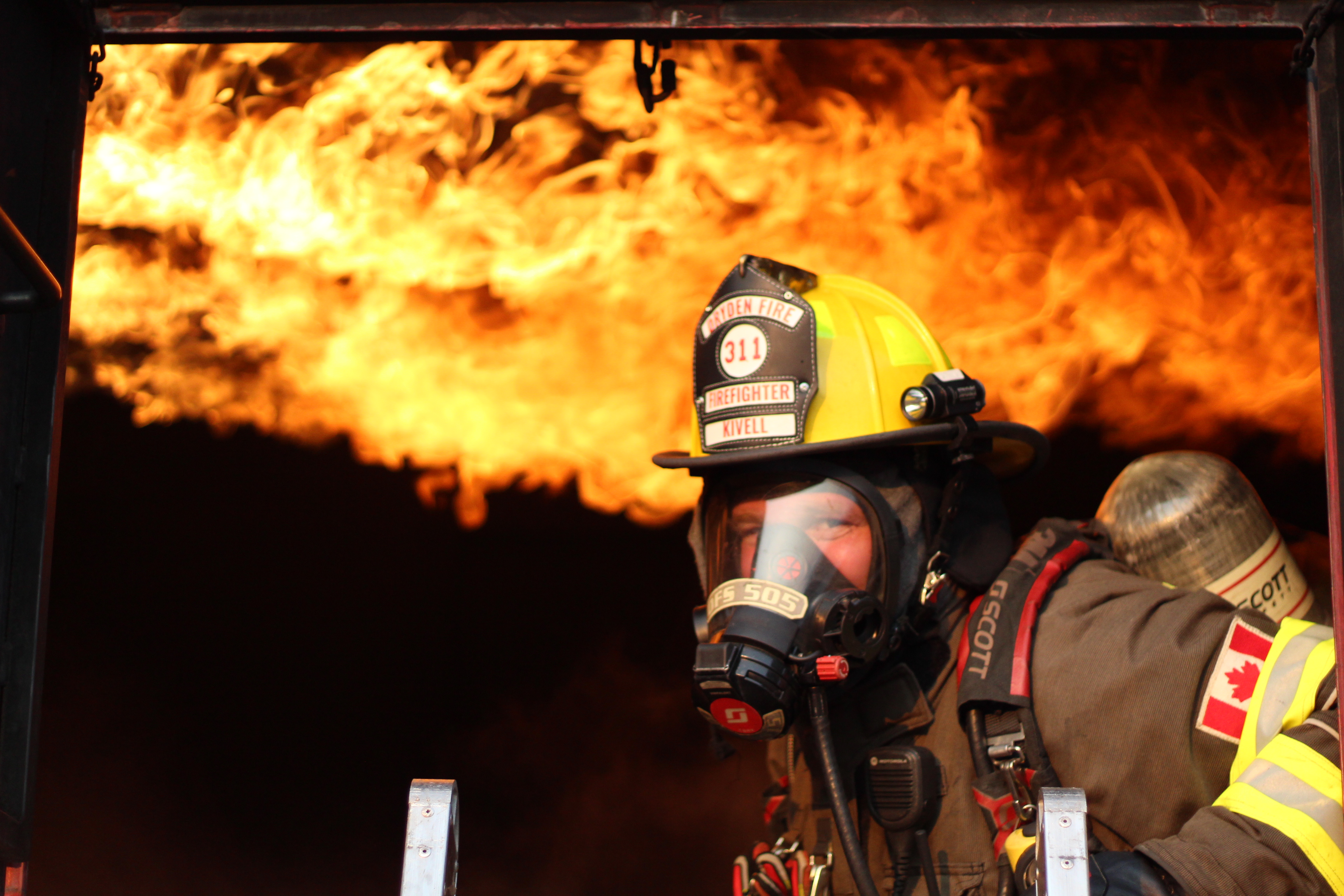The Dryden Fire Service is prepared to respond to fires of all types and sizes within our community. Fire suppression is one of our core responsibilities, and our firefighters are trained and equipped to act quickly to protect lives, property, and the environment.
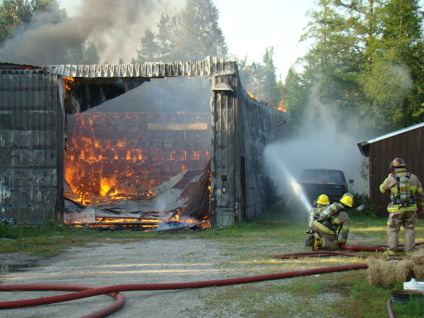
When a fire occurs, our crews:
-
Respond Rapidly – Ensuring fire trucks, equipment, and firefighters are on scene as quickly as possible.
-
Assess and Control the Situation – Determining fire size, hazards, and risks to occupants and first responders.
-
Rescue and Protect Occupants – Entering buildings to search for and remove anyone in danger.
-
Extinguish Fires Safely – Using hoses, nozzles, and specialized tools to bring the fire under control.
-
Prevent Fire Spread – Protecting nearby homes, businesses, and natural areas from further damage.
-
Support Recovery – Assisting property owners and collaborating with partner agencies after the fire is extinguished.
Through continuous training and the use of modern firefighting equipment, the Dryden Fire Service ensures a fast, coordinated, and effective response to any fire emergency. Our top priority is the safety of the public and our community.
